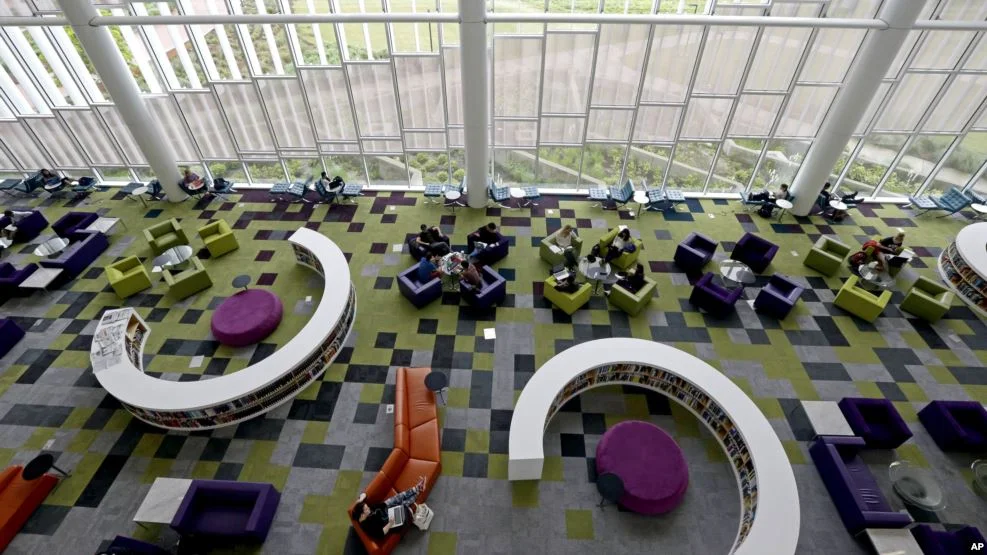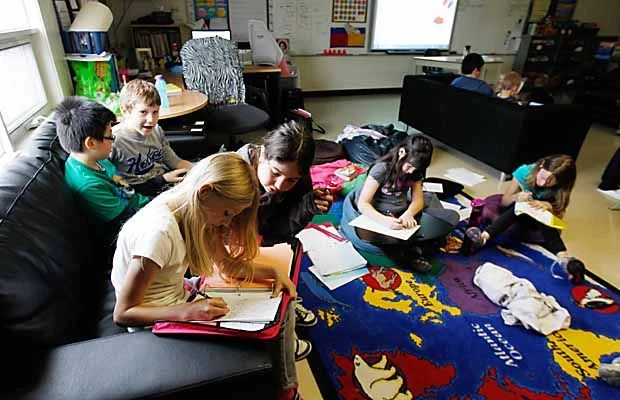Rapid advances in technology have stimulated changes in educational delivery. Initially, industry leaders touted the ‘virtual classroom’ as the answer to personalized learning and improved outcomes. In reality, it is the combination of instruction, technology and space that enhances student engagement, resulting in improved academic success and greater student retention.
Studies have shown that interactive classrooms improve academic outcomes. However, as we design space and the necessary technology infrastructure to maximize collaboration, we must gain in-depth knowledge of how spatial configuration influences behavior. This seemingly simple concept impacts things like adjacencies, room size and orientation, accessibility, furniture and system selection, future infrastructure requirements, and additional collaboration opportunities.

























